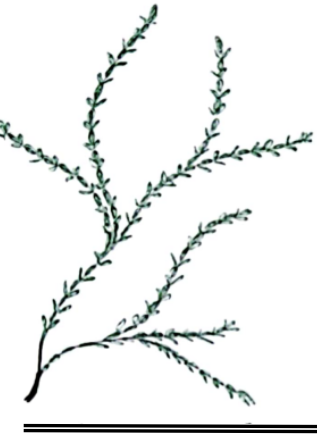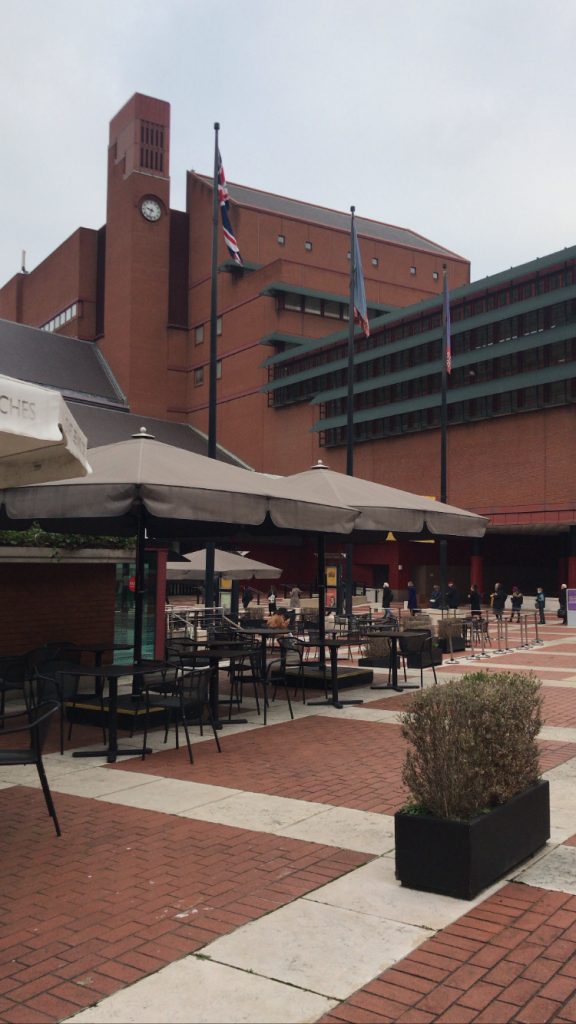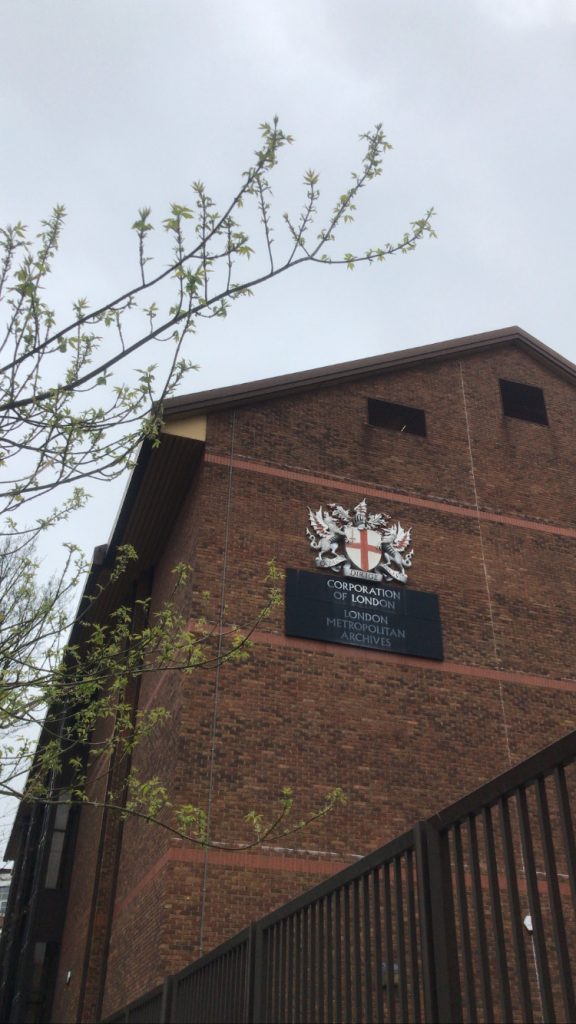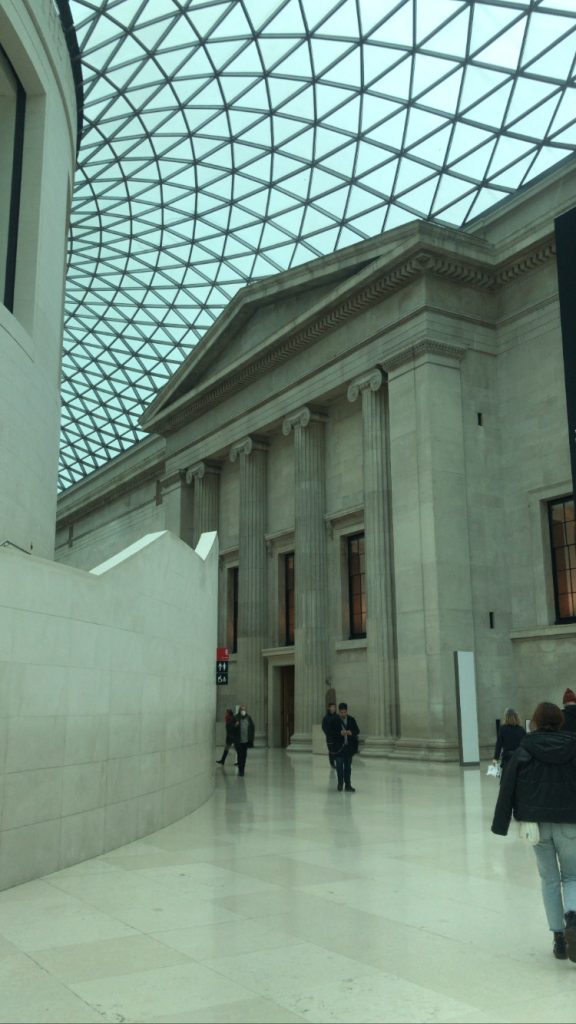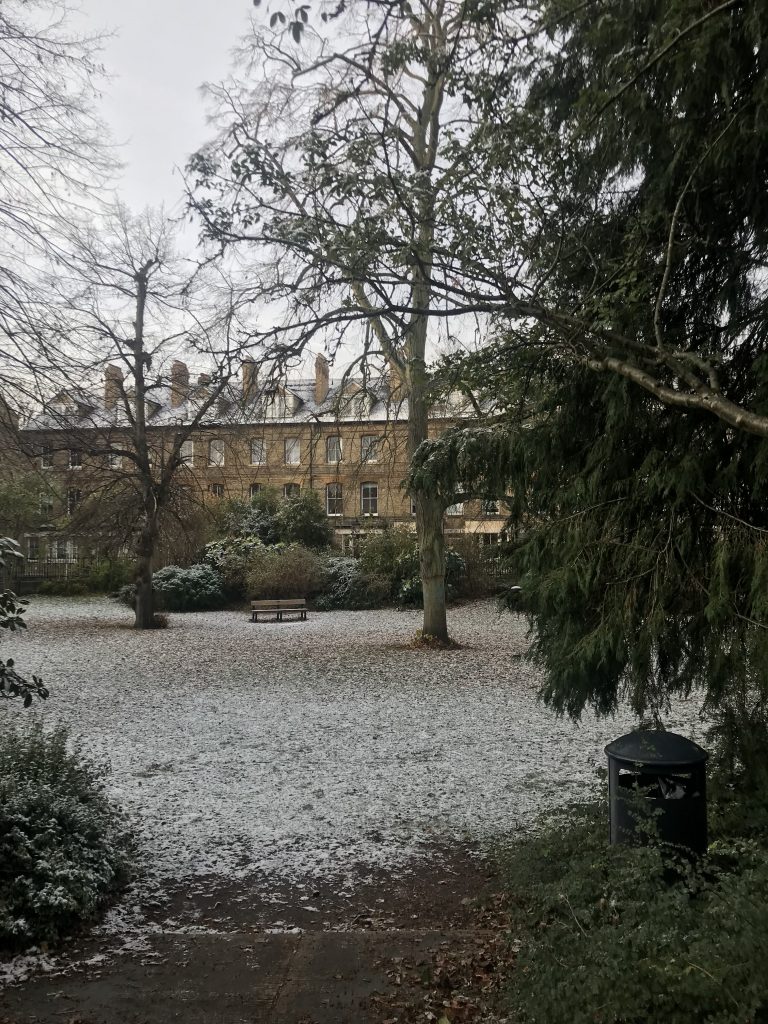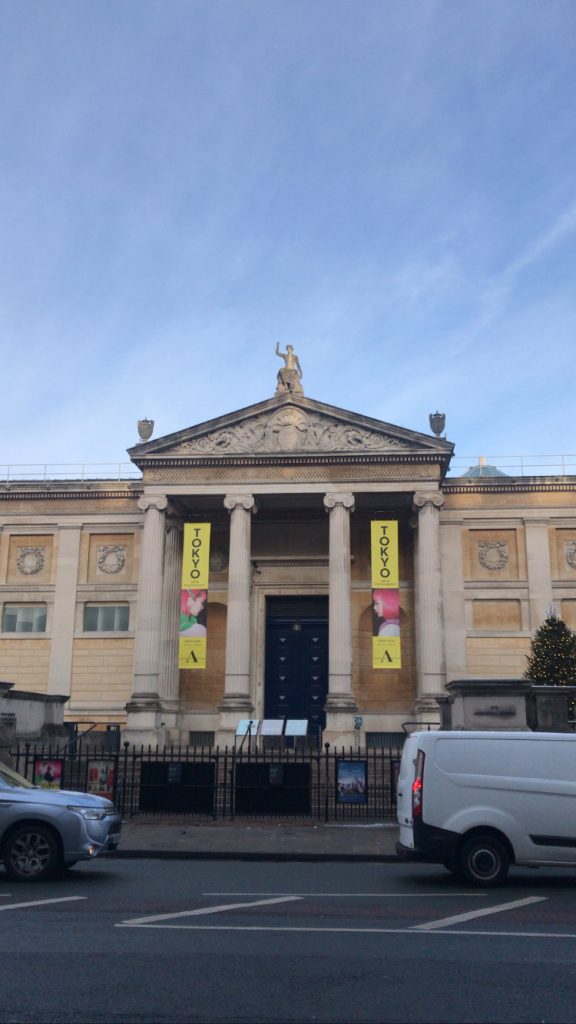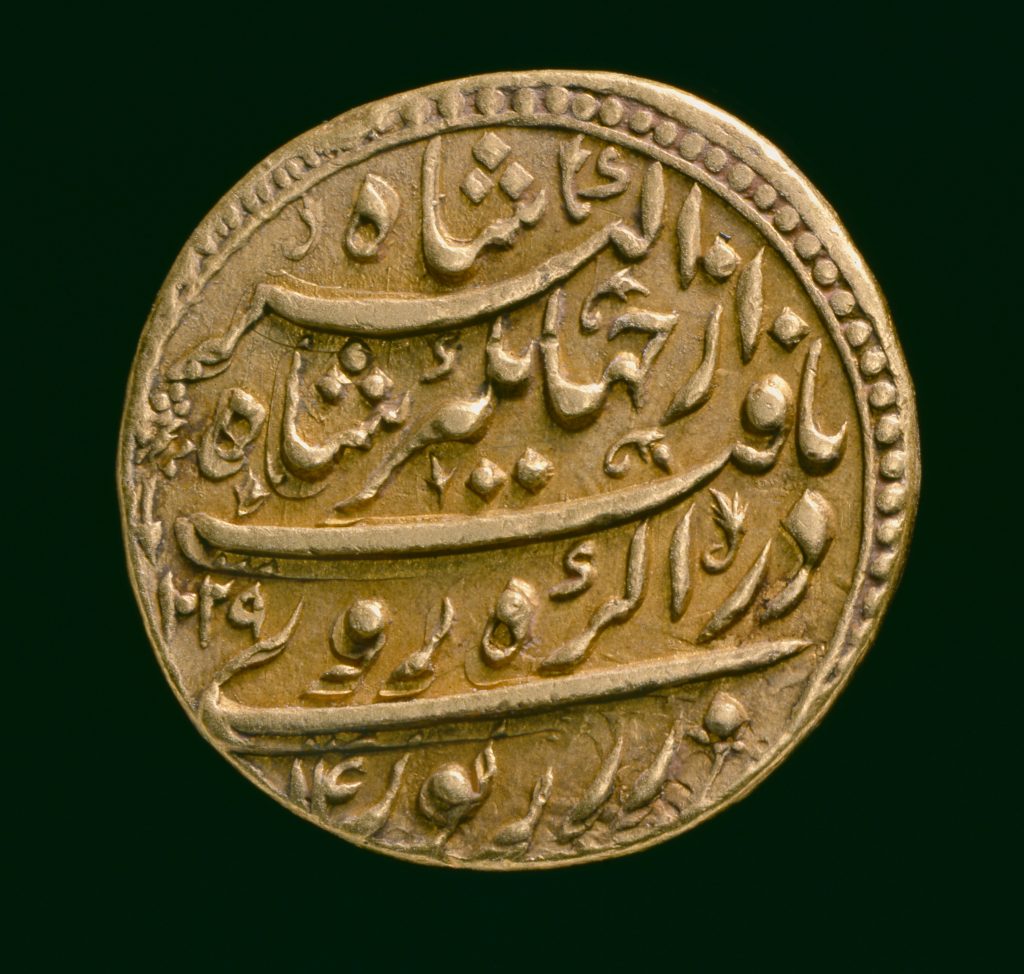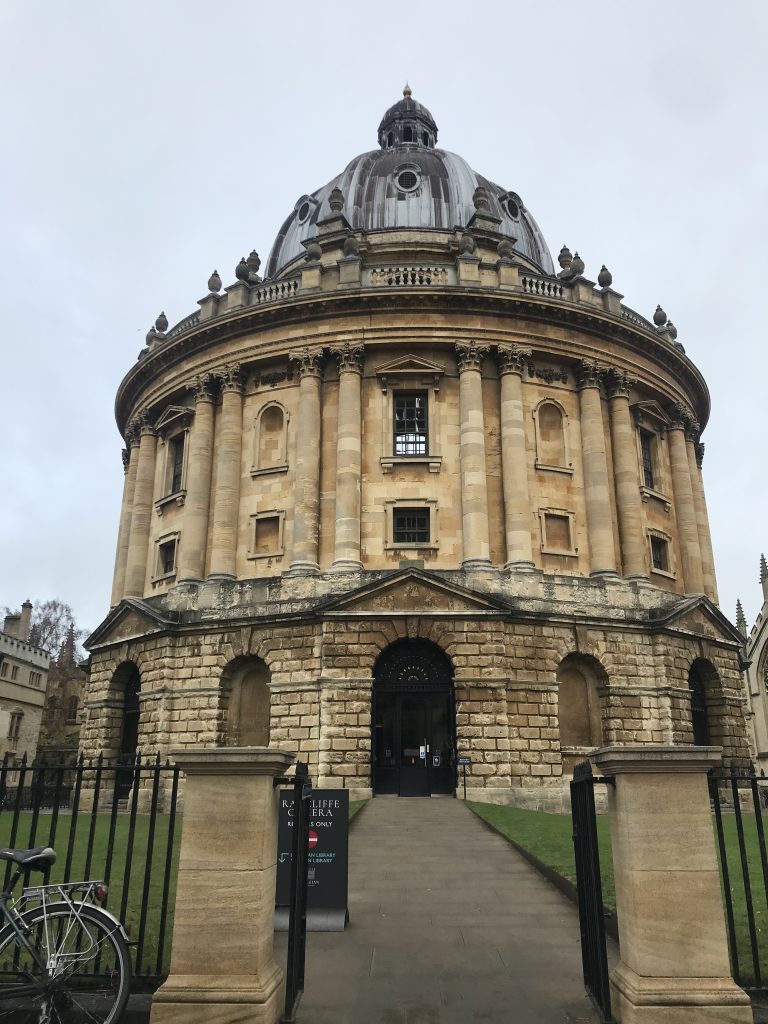After passing the first milestone of my PhD, the upgrade submission and viva in May, I headed to India, my home country, to spend the summer break recharging with my family. Another reason to spend the break in India was to explore the archives located in India.
As historians who collect sources from archives, it is also useful to think about the geography of knowledge, where it lies, who gets access to it and who is unable to gain that privilege. Access to primary sources determines the ability to write histories from them, and as Rakesh Ankit writes, we need to “ask why sources are available and how their availability is organised”. The sources for my research include material culture like coins, their accompanying documentation such as accession records as well as correspondence and personal papers of coin collectors and numismatologists. During the time of colonial rule in India, European collectors collected coins in South Asia but then handed them to museums in the UK. Hence, crucial information about their collection and dispersal also found its way to various museums in the UK. For instance, five boxes of papers belonging to the collector R B Whitehead are now housed in the Fitzwilliam Museum in Cambridge. Information about other South Asian coins and their collection and provenance are also located in other museums like the British Museum in London and the Ashmolean Museum in Oxford. This knowledge transfer, however, also created restrictions on access. While many archives and libraries have made efforts towards digitisation, access to important collections still remains limited to scholars based in or travelling to places like the UK. It means that scholars from India, like me, who wish to research these coins must travel to the UK to be able to see the coins in person. While studying in the UK gives me this access, this could be a process ladened with bureaucratic and financial difficulties for many.
As I try to reconstruct the role of Indian collectors and scholars in collecting South Asian coins and producing scholarship on Indian history and numismatics, I found the traces of their lives and work were left in India. In the nineteenth and twentieth century, some Indian collectors donated their coins to the museums emerging in India such as the Prince of Wales Museum in Bombay (now the Chhatrapati Shivaji Maharaj Vastu Sangrahalaya) the Lahore Museum in Punjab and the India Museum in Kolkata. Several research institutions were also established by Indians which became forums for discussions on Indian history and numismatics. The foremost among them for numismatics was the Numismatic Society of India, established in 1910 by five European and one Indian collector, Framji Thanawala. Following on its heels, many numismatic societies were established in other cities like Kolkata and Bombay. They became local centres for coin collectors, museum professionals and scholars to gather and discuss issues on Indian coins.
In post-independence India, an institution dedicated solely to academic scholarship on Indian numismatics was founded in 1980 in Nashik in western India. Named the Indian Institute of Research in Numismatic Studies, the IIRNS was founded to further research in Indian Numismatics by eminent numismatist Dr Parmeshwari Lal Gupta and industrialist K K Maheshwari. Many other collectors’ collections and scholars’ books also made their way to the IIRNS in Nashik. Dr P M Joshi’s (historian of the Deccan) library was received as a gift in 1993 and that of Dr Shobhana Gokhale (epigraphist, numismatist, and professor at Deccan College) in 2003. Dr P L Gupta himself played a crucial role in expanding the institute’s resources, personally writing to colleagues to send their papers, photos or coins.
Renamed the Indian Numismatic, Historical and Cultural Research Foundation’ (INHCRF) in 2007, the institute houses everything anyone researching Indian numismatics might need under one roof. It has a vast library containing major books and issues of all journals related to Indian numismatics. It also houses a museum and delivers courses in Indian numismatics, epigraphy, and archaeology for students. Indeed, the INHCRF is a one-stop destination for scholars’ needs relating to secondary and even primary material on this subject.
In July, I consulted their archives which hold papers and correspondence of numismatists who worked on Indian coins. I rummaged through boxes and shelves of correspondence of the pioneers of Indian numismatics, photographs of whom also graced the library’s wall. The archives had papers of Dr P.M. Joshi (1904-1989), a historian of the Deccan who held the newly created post of Director of Archives and Historical Monuments of the Government of Bombay, Dr Amjad Ali of Warangal who worked on Deccan numismatics, Stan Goron, collector of Indian coins and Editor of the Journal of the Oriental Numismatic Society, Mohammad Abdul Wali Khan, Keeper of coins of the State Museum of Hyderabad who later also became Director of Archaeology and Museums of the region and others. Their papers gave me an insight into the world of coin collecting, how collectors exchanged duplicates, negotiated prices, made arrangements for the safe courier of precious coins and sought each other’s help when they couldn’t travel far. Laced with personal anecdotes, the letters reflected the excitement of finding a precious coin or the disappointment at having lost their carefully built collection, all showing people’s passion for the subject.
Thus, the vast material available in their archive provided some interesting sources for my research. I could trace close relationships that existed between various figures and see centres of numismatic research emerging in places like Hyderabad. They gave a good insight into coin collecting and research in post-Independence India. Collecting these materials helped me better understand the role of Indian scholars in advancing numismatic research in India, in their professional capacities as collectors, museum professionals, librarians, historians, as well as active members of various research institutes in India.
The Institute’s staff were particularly helpful, including the Director, Dr Riza Abbas, the Curator Mr Abhijit Srivastava, and the Librarian Mrs Naghmi Abbas. I am certain that I would find my way back to Nashik to access their vast range of archival and library holdings again.
